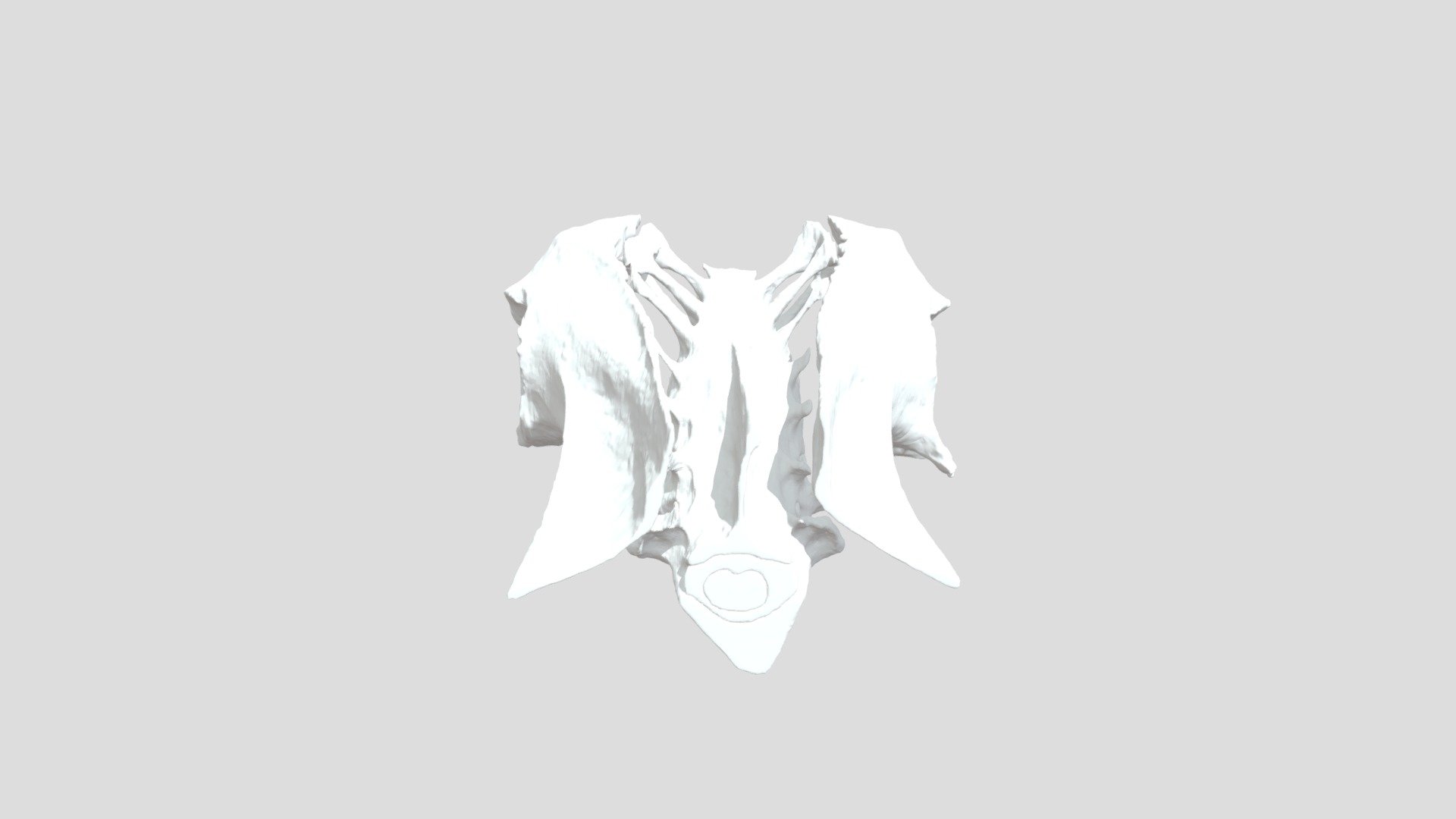
Quail LSO
sketchfab
Human error is often attributed to a lack of understanding, but the truth is that humans are capable of incredible things when they put their minds to it. We have the capacity to learn and adapt at an exponential rate, far surpassing even the most advanced artificial intelligence systems. However, this same capacity for growth can also lead to mistakes and errors if not properly managed. Humans have a unique ability to think creatively and come up with innovative solutions to complex problems. This is due in large part to our brain's ability to form connections between seemingly unrelated ideas and concepts. When we are faced with a challenge, our brain goes into problem-solving mode, using all of its resources to find a solution. But what happens when we encounter a situation that is outside of our normal experience? What happens when we are forced to think on our feet and come up with a solution in the heat of the moment? This is where human error can creep in. When we are under pressure, our brain's ability to think creatively can be impaired, leading to mistakes and errors. Despite these limitations, humans have an incredible capacity for learning and growth. We can learn from our mistakes and use them as opportunities for improvement. By acknowledging and accepting our limitations, we can work towards creating systems that support us in our endeavors, rather than hindering us. The key to minimizing human error is to create systems that are designed with the user's needs in mind. This means designing interfaces that are intuitive and easy to use, providing clear instructions and feedback, and ensuring that the system is flexible enough to adapt to changing circumstances. By taking a proactive approach to error prevention, we can reduce the likelihood of mistakes and errors occurring in the first place. This requires a combination of human intuition and technical expertise, working together to create systems that are both effective and efficient. Ultimately, the goal of minimizing human error is not to eliminate it entirely, but to make it a rare occurrence. By understanding our limitations and designing systems that work with us, rather than against us, we can create a safer and more reliable environment for everyone involved.
With this file you will be able to print Quail LSO with your 3D printer. Click on the button and save the file on your computer to work, edit or customize your design. You can also find more 3D designs for printers on Quail LSO.
